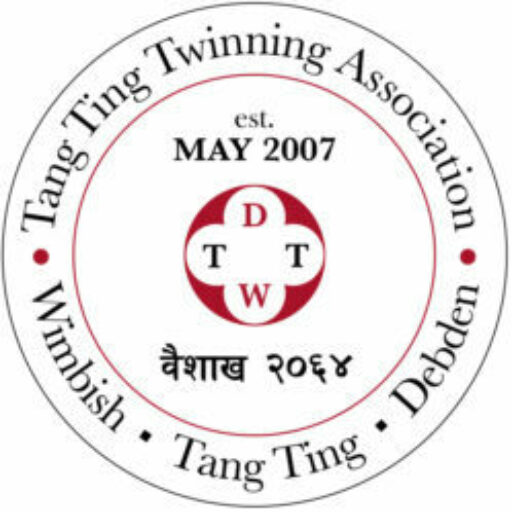About 750 people live in the village which is situated 4 miles south of Saffron Walden and it consists of the main village and of scattered hamlets of Debden Green, Purton End and Hamperden End. The main village is clustered around the school, the village hall and community shop, the pond, one pub, and, a little removed from the main centre, the parish church of Saint Mary and All Saints.
The name of Debden is derived from two Saxon words meaning “deep valley”, in the Doomsday Book the village was recorded as Depeduna and it was commonly known as Depden until the Napoleonic wars when it changed to its present name of Debden. The Saxon owner was Seward and in 1065 it was recorded that there were two acres of bearing vineyards and two acres of non-bearing vineyards.
After the Norman Conquest the land was given to Ralph Peverill and there is still a Peveral’s Wood in the parish. King John granted the manor of Debden Hall to Geoffrey FitzPiers, Earl of Essex and through his daughter by marriage to Henry de Bohun, Earl of Hereford, Essex and Northampton.
The estate descended through his son, grandson and great-grandson until 1372 when it was divided between two daughters as co-heirs: Eleanor, wife of the Duke of Gloucester, sixth son of Edward III, and Mary, wife of the Earl of Derby, who became Henry IV. Part of the estate subsequently was partitioned and the king received the manor hall which became vested in the Crown as a member of the Duchy of Lancaster.
Henry VIII granted it to Lord Audley, and through his daughter Margaret it descended to her son, Thomas Howard, Baron Howard de Walden and the Earl of Suffolk. The estate continued in the family until 1660 and then changed hands a few times until it was acquired in 1715 by Richard Chiswell and for nearly a hundred years the Chiswells remained in Debden gradually acquiring the ancient manors and farms until Debden became once again a rich and prosperous estate of nearly 5000 acres, and, through the generosity of the family, the church was restored and improved extensively.
The Chiswell estate was inherited by the Vincent family through marriage and remained in the family until 1882 when Mrs Cely-Trevilian, the last member of the Chiswell and Vincent families sold her home to William Fuller Maitland of Stansted Mountfitchet Hall. The estate subsequently passed to Lord Strathcona and Mount Royal before the First World War, but later owners found the Hall uneconomic and the house was demolished and portions of the estate finally dispersed in 1935.
Modern Debden is surrounded by rich agricultural land and a few local farming families have owned small to medium sized holdings for many years.
The village has retained many of its older buildings, some with thatched roofs, although several houses in the centre of the village were destroyed in the Great Fire of Debden in 1907.
Debden has a varied population consisting of newcomers and long established residents and a strong community spirit that expresses itself in many different ways: a community village shop was started in 1982 by a group of volunteers and has been going from strength to strength still run by volunteer helpers. There is a parish magazine published every month delivered free of charge to every household in the village that was started thirty years ago by volunteer helpers and is produced by joint funding of the Parish Council and Parochial Church Council. More recently, in 2000, a new room and vestry were built next to the parish church to mark the millennium. The building, which cost £200,000, was entirely funded by 70 families living in the village or worshipping at the Church.
Elisabeth Blackie
Debden Local History Recorder
